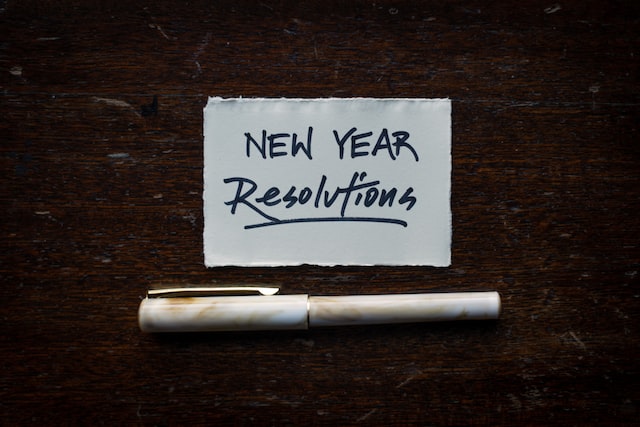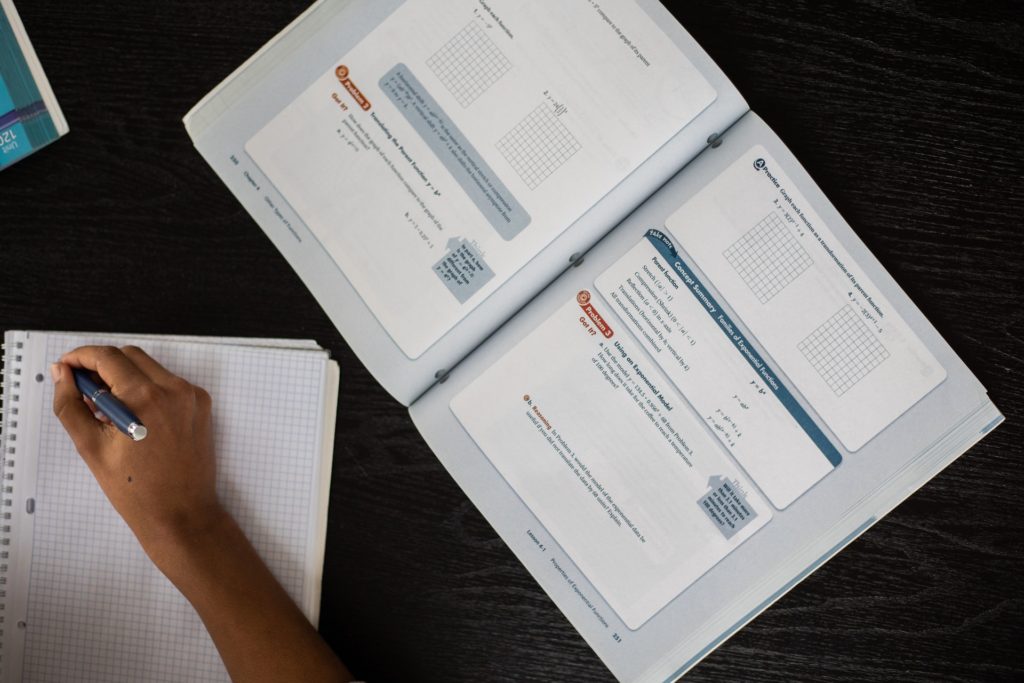The holidays can be stressful for some, but for others they offer a much needed time of rest and reflection on the year thus far. New Year’s resolutions are on many people’s minds this time of year, but what are some of the best New Year’s resolutions for teachers?
While New Year’s is usually about new beginnings, teachers have a unique position where New Year’s actually falls right in the middle of the school year. Rather than this making it harder to make new resolutions, doing New Year’s resolutions for teachers in the middle of the year allows them to make informed decisions on what they need to work on based on their specific classes that they already know rather than the ever ideal “next year’s class”.
Each teacher will need to think back on their year, their students, and their own personal needs to decide what New Year’s resolutions will be best for them, but research suggests it is important to pick something achievable and measurable to ensure success. This article will give 5 target areas that could make fantastic New Year’s resolutions so that teachers can return from the holidays feeling inspired and ready to make a change for a better year ahead.
5 New Year’s Resolution Ideas for Teachers
- Lecture Less
While it might sound like this is a lazy New Year’s resolution for teachers, research shows that teachers should generally spend much less time lecturing than the majority currently do. Students learn best when they are actively learning through discussing, doing activities, making projects, and writing papers.
While lectures have their place, they are something that should be used sparingly to give vital information quickly and efficiently rather than the default way every lesson runs. To make it measurable, try to have students speaking with each other or actively working for at a bare minimum 50% of class time. More ambitious teachers can try to cut that down to 25% of class time or less used for lectures and 75% for students to be working, creating, and actively learning.
- Collect better data.
While a lot less fun, collecting data is really the only way to know whether a teacher is doing a good job or just thinks that they are. Data also gives very useful insights into students’ performance and can be used in discussions with students to come to agreements based on data rather than just the teacher’s demands.
When most people think about data, they think solely about grades, but grades are really only a single set of data that needs to be added to other information to get the full picture. Other things teachers could work on as a New Year’s resolution is to collect data not just on students’ grades, but also their attitudes and behaviors in class.
Rather than just giving a simple tick mark for present when taking attendance, at the end of the lesson, attendance documents can be a great place to note if any students had a particularly bad day behavior or attitude wise. This data can reveal patterns that the teacher can use to help students avoid bad days or help the teacher to make lessons that keep students engaged and on task.
This data, in addition to grades, can be used to talk with students about why they always seem to have a bad day on Mondays or why a student seemed to struggle during a particular unit. It could be that the student is having problems at home and that’s why they always come back from the weekend stressed out. Perhaps the student who was struggling during a particular unit didn’t have issues because of the content they were learning, but maybe they couldn’t see the board and were too shy to say anything.
Not all data collection has to be additional work either. Simply having students do their work on Google Docs will allow the teacher to look through their editing history as they did their work to see their workflow. This workflow record can be used in discussions with students to help them make better choices with their work.
Perhaps the teacher notices that the student is writing their assignment regularly past 1am or that the student always scores lower on assignments where they procrastinate and do all of their writing on the last day. Actually having the record open and discussing it with the student can help give something external to focus on rather than simply feelings and this data requires no extra work from the teacher to collect.
- Keep calm during transitions.
One of the most stressful parts of teaching is getting students to transition from one activity to another. It often includes a lot of loud “teacher voice” trying to shout over the students asking them to be quiet multiple times and can be frustrating when the teacher is not listened to. This can ruin the mood of the entire class and make everyone feel uncomfortable and frustrated.
Instead, teachers should try to include one of the quieting techniques discussed in this article. Instead of shouting and getting frustrated, simply flicking the lights or doing a call and waiting will be slower at first, but in the end will make for a healthier and less stress inducing class.
Though it will certainly take more time to transition with these techniques, the time spent will be much better than everyone being stressed or angry. The extra thirty seconds or even a minute would be much better spent calmly waiting for students to settle down and finish conversations than starting the next activity a minute earlier with everyone still thinking about what they were doing before.
- Use a broader range of teaching materials.
Research shows that textbooks are a very limiting teaching resource. Teachers that spend too much time relying on a single textbook could definitely make their New Year’s resolution to use a wider variety of sources from the internet.
This is important for any subject and every age. Using a wider variety of texts not only allows students to see learning in a wider variety of contexts, it allows them to also see the content from various points of view as well.
The increased variety will help students who don’t understand the way the first source explains it, but something in the second source just clicks for them. Additionally, especially in humanities and literature classes, a wider variety of texts can reduce bias by exposing students to a wider variety of perspectives on topics for them to consider.
- Give less homework.
Teachers often think of homework as a vital part of being a student, but there is plenty of research questioning this theory and suggesting in fact that too much homework takes away from student’s work life balance. Just as working adults should avoid always taking home a ton of work, students shouldn’t always be bringing home hours of busy work each night.
Teachers can make their New Year’s resolution to give students more time to work in class on assignments. Not only will this reduce the amount of homework they have and benefit their work life balance, but it also gives them a chance to work in a situation where it’s really easy to ask the teacher any questions they come across while working.
This New Year’s resolution works very well in tandem with the one about lecturing less. Giving students more time to work on projects and devoting class time to one on one discussions on student work is much better than generalized information overload via lecture.
Conclusion
As a teacher, it can be all too easy to fall into patterns of teaching that have simply worked for us in the past. It is important for a professional in any field to always be improving themselves, however.
There are always new ideas, new practices, and new strategies being developed that can advance education. In addition to this, new research is coming out every day that can inspire teachers themselves to develop new strategies that work based on the principles of neuroscience and how the brain learns naturally.
Another great New Year’s resolution for teachers could be to keep up with neuroscience and education research better! Lab to Class is the best place to keep up to date with new research studies and what they mean for your classroom. Subscribe here to get it straight to your email so that you don’t have to do any more work to know when something new and important comes out.
Want more like this? Make Lab to Class a part of your weekly professional development schedule by subscribing to updates below.



